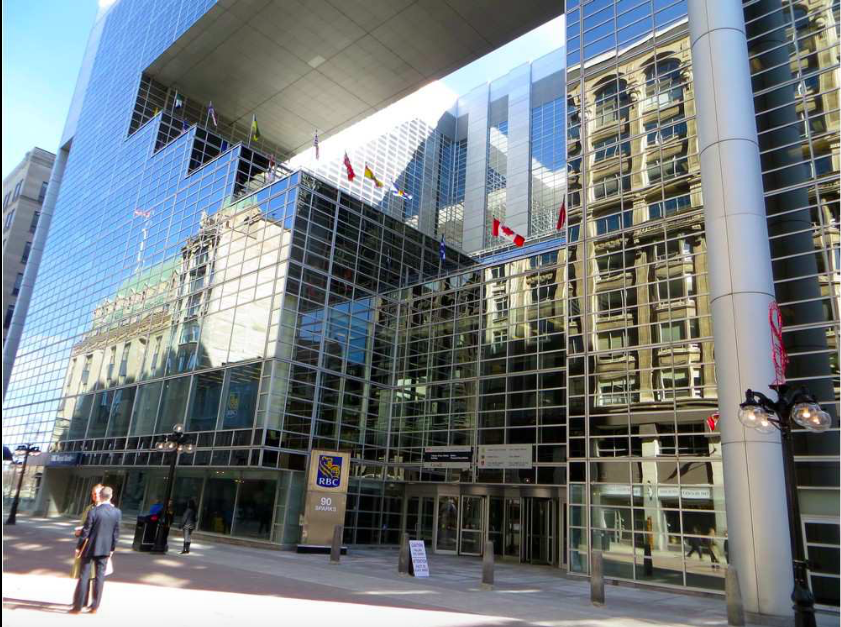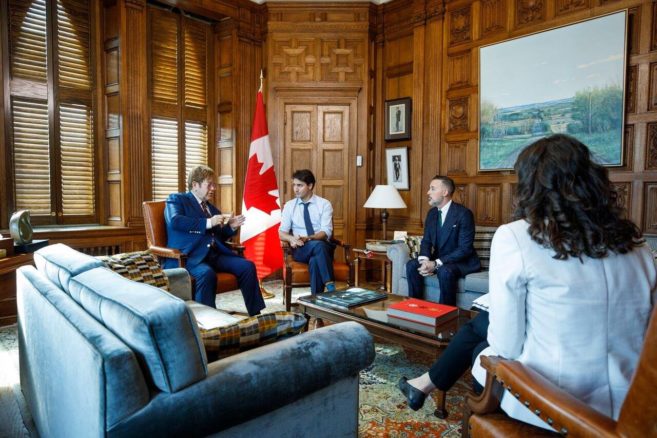The appeal judges underlined CPERB’s authority: “The Board, as the administrative decision maker, holds the ‘upper hand’ with regard to interpretation of its home statute,” they stated.
Second, the panel of appeal-court judges decided to use CCPERB’s guidelines on evaluating cultural property for “national importance” value—and unanimously found that Heffel’s proposed export of Caillebotte’s Iris bleus would indeed constitute a diminishment of national heritage under those standards. By contrast, Manson had come to a different understanding of national importance based on his own readings of the origins of the Cultural Property Export and Import Act, as well as definitions of “national” and “heritage” that he sourced from a particular dictionary.
“Under the reasonableness standard, we do not develop our own view of the matter and then apply it to the administrator’s decision, finding any inconsistency to be unreasonable,” said the panel’s decision, citing the 2015 Delios v. Canada case as precedent. “In other words, as reviewing judges, we do not make our own yardstick and then use that yardstick to measure what the administrator did, finding any inconsistency to be unreasonable.”
In this respect, the appeal judges also affirmed that CCPERB’s original interpretation of “national heritage” as encompassing something more than art made in Canada or by Canadians remains reasonable. “In this particular case, the Caillebotte—a work by a French artist painted in France—could still have ‘national importance’ in Canada, a country Caillebotte never visited, and frankly probably never contemplated,” wrote Alex Herman of the UK’s Institute of Art and Law regarding the appeal decision.
Third, the appeal panel underlined that judiciary needs to defer to expert boards in this and similar circumstances. “The Federal Court was…required to abide by the well-established governing principle in its application: deference,” says the ruling. The appeal panel cited seven prior cases as precedents. “To put it another way, the Board, as the administrative decision maker, holds the ‘upper hand’ with regard to interpretation of its home statute.”
Fourth, the appeal court decided that Justice Manson’s decision had been made with an incomplete understanding of the intentions of the Cultural Property Export and Import Act. “The Federal Court repeatedly asserted Parliament’s intention in enacting the Act was to avoid interfering with property rights,” said the appeal ruling. “In doing so, the Federal Court overlooked other provisions in the Act aimed at establishing a careful balance between property rights and the preservation of cultural heritage for future generations.”
These particular findings were also welcomed by art museum representatives. “This is the outcome we were hoping for and is a major victory for art museums and galleries across Canada,” says Moira McCaffrey, executive director at CAMDO-ODMAC. “The judgment provides support for the interpretation of criteria used in CCPERB applications for both tax credits and exports. In addition, it confirms the important role played by the experts who sit on the CCPERB Board.”
Heffel Expresses Hope for Future Change in the Legislation
In Tuesday’s decision, the three judges on the appeal summarized some of the arguments presented by Heffel’s lawyers in favour of providing an export permit for the Caillebotte—and also found them wanting. “The Board was more nuanced than the respondent contends,” says the appeal judges’ decision. The statement again reasserted the expert board’s authority.
It remains to be seen how the Federal Court of Appeal Court decision will affect Heffel’s attempts to attract more international buyers and sellers for its auctions, or sell more works by international artists.

 Canada's Federal Court offices in Ottawa are inside this building at 90 Sparks Street, and home to key decisions on laws affecting art and museums in Canada. Photo: Google.
Canada's Federal Court offices in Ottawa are inside this building at 90 Sparks Street, and home to key decisions on laws affecting art and museums in Canada. Photo: Google.







